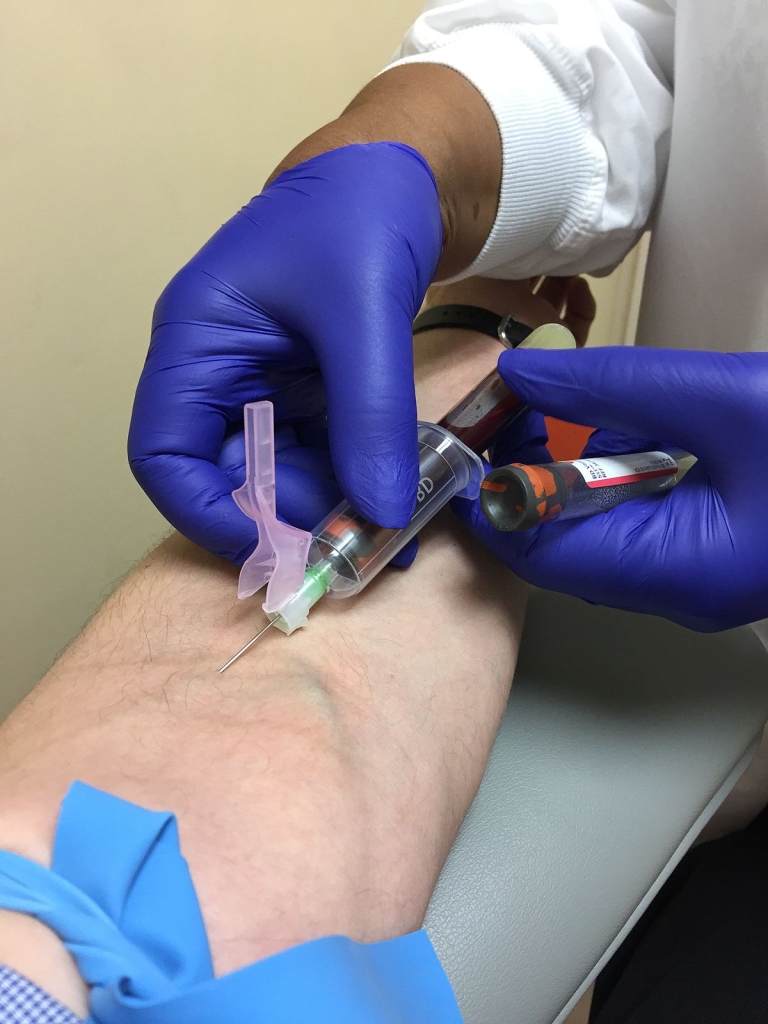how to Become a Certified Phlebotomist in NY: Step-by-Step Guide for Aspiring Healthcare Professionals
Embarking on a career in healthcare as a certified phlebotomist in New York is an excellent choice for those interested in patient care, medical procedures, and the vital role of drawing blood samples for testing. This thorough guide provides you with a clear, step-by-step roadmap to achieving certification, so you can jumpstart your journey toward a rewarding healthcare career in NY.
Introduction
Phlebotomy is a crucial part of the medical diagnostic process.Certified phlebotomists play an essential role in hospitals, clinics, laboratories, and blood donation centers by safely and efficiently collecting blood specimens. For aspiring healthcare professionals, becoming a certified phlebotomist in New York offers numerous benefits, including job stability, flexible work environments, and the opportunity to make a meaningful difference in patients’ lives.
Why Become a Certified Phlebotomist in NY?
- Growing demand: The healthcare industry continues to expand, requiring skilled phlebotomists.
- Competitive salary: Entry-level salaries typically range from $30,000 to $45,000 annually.
- Flexible work schedules: Manny positions offer part-time or full-time options.
- Clear certification pathway: State and national certifications open doors to reputable employers.
Step 1: Meet Basic Eligibility Requirements
Age and Educational Qualifications
Before pursuing certification in NY, ensure you meet the basic eligibility requirements:
- Be at least 18 years old.
- Hold a high school diploma or equivalent (GED).
Background Checks and Health Screenings
Most training programs and employers require applicants to have a clean background check and up-to-date immunizations, including hepatitis B, MMR, and varicella.
Step 2: Enroll in a Accredited Phlebotomy Training Program in NY
Finding the Right Training Program
Choosing an accredited phlebotomy training program is critical. Look for programs approved by:
- The American Society for Clinical Pathology (ASCP)
- The National Healthcareer Association (NHA)
- The American Medical Certification association (AMCA)
Program Components
A typical phlebotomy training program covers:
- Anatomy and physiology of the circulatory system
- Venipuncture techniques
- Patient interaction and communication skills
- Safety procedures and infection control
- Legal and ethical considerations
Training Duration & Cost
| aspect | Details |
|---|---|
| Duration | Approximately 40-100 hours (can vary) |
| Cost | $1,000-$3,000 depending on the institution |
| Delivery Mode | In-person, online, or hybrid options |
Step 3: Gain Practical Experience through Externships or Internships
Hands-on experience is essential to becoming a competent phlebotomist. Many training programs include externship opportunities in hospitals,clinics,or labs. These practical sessions help develop confidence and proficiency in:
- Venipuncture techniques
- Patient handling
- post-procedure care
- Managing difficult draws
Step 4: Prepare and pass the Certified Phlebotomy Examination
Understanding Certification Options in NY
In New York, while certification is not legally required, most employers prefer or require it. The most recognized certifications include:
- Certified Phlebotomy Technician (CPT) from the American Medical Technologists (AMT)
- Certified Phlebotomy technician (CPT)ool from the National Healthcareer Association (NHA)
- Certified Phlebotomy Technician (CPT) from the american Society for Clinical Pathology (ASCP)
Exam Preparation Tips
- Review your training materials thoroughly.
- Practice venipuncture skills.
- Take practice exams available online or through your training program.
- Understand safety protocols and legal considerations.
Exam Details
| Aspect | Details |
|---|---|
| Format | Multiple-choice questions |
| Duration | 2-3 hours |
| Number of Questions | 100-150 items |
| Passing Score | 70% or higher |
Step 5: Obtain State Certification & License (if applicable)
In New York, you are not legally required to be licensed, but having voluntary certification considerably enhances employability.Some employers may require you to register with the NY State Department of Health or obtain specific licenses for certain settings. Always check with prospective employers about their certification requirements.
Benefits of Certification in NY
- Increased job opportunities
- Higher earning potential
- Recognition of professional competence
- Potential for career advancement into supervisory or training roles
Practical Tips for Success
- Stay updated with the latest phlebotomy techniques and safety guidelines.
- Build good communication skills to interact effectively with patients.
- Maintain a professional demeanor and demonstrate reliability.
- Join professional organizations like the American Society for clinical Pathology (ASCP) for networking and resources.
- Always prioritize patient safety and adhere to HIPAA regulations.
Case Study: From Trainee to Trusted Healthcare Professional
Jane Doe started her journey as a high school graduate in NY, enrolled in an accredited phlebotomy program, completed her externship at a local hospital, and passed her certification exam on the first attempt. Within months, she secured a position at a prominent NY hospital, earning certification from the NHA. Jane’s commitment to continual learning and patient care set her apart as a trusted healthcare professional, paving the way for career growth in the medical field.
Conclusion
Becoming a certified phlebotomist in New York is a structured process that combines proper training,hands-on experience,and certification. Whether you are just starting your healthcare career or seeking to specialize, certification opens doors to diverse job opportunities and professional recognition. By following the step-by-step guide outlined above,you can confidently navigate your path toward becoming a competent and certified phlebotomist in NY. Remember, dedication to learning and patient care are key components of success in this rewarding healthcare role.
Ready to start your journey? Enroll in a reputable training program today and take the first step toward a fulfilling healthcare career as a certified phlebotomist in New York!
